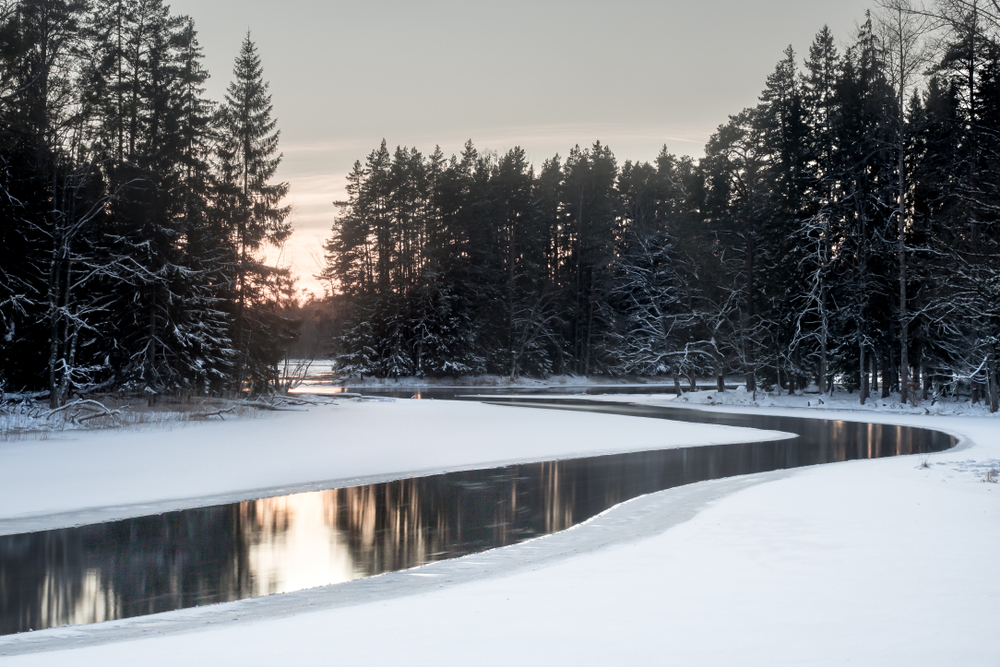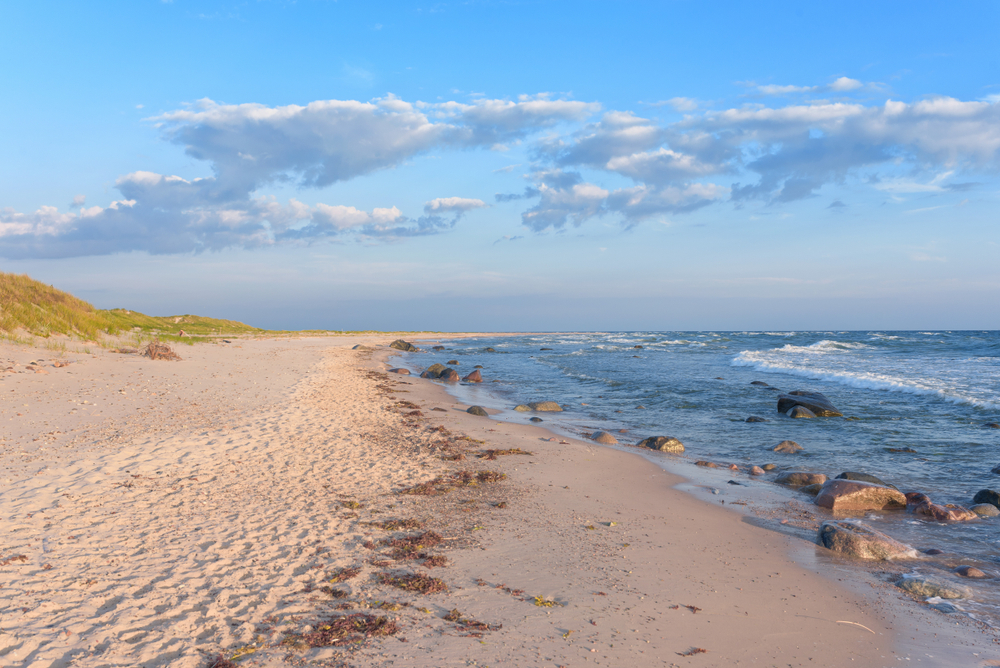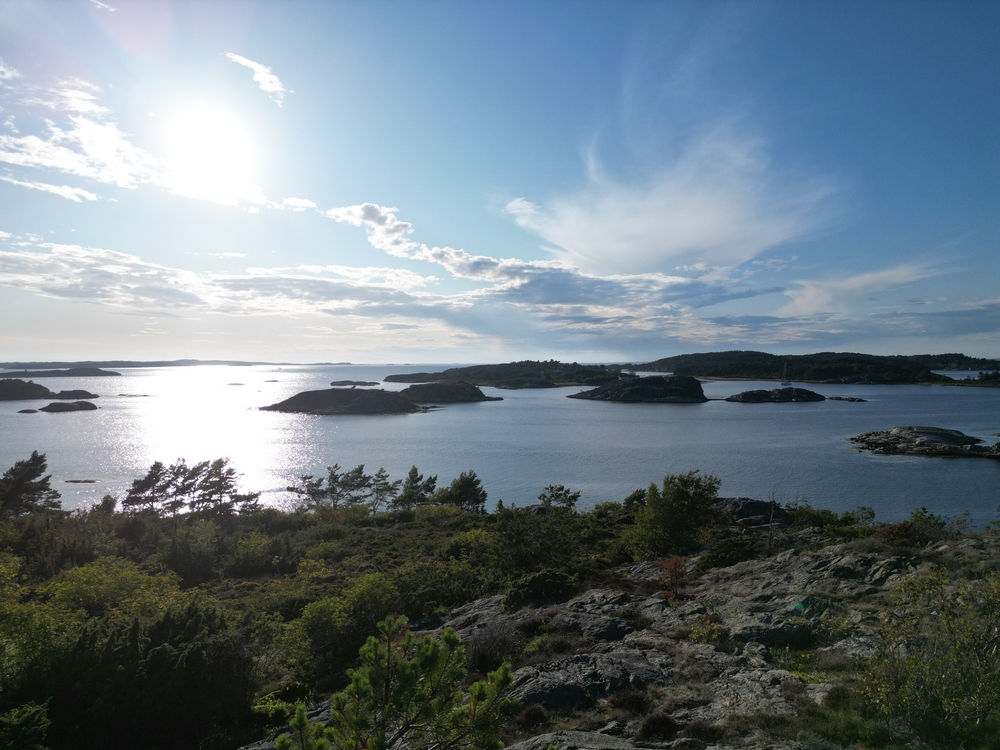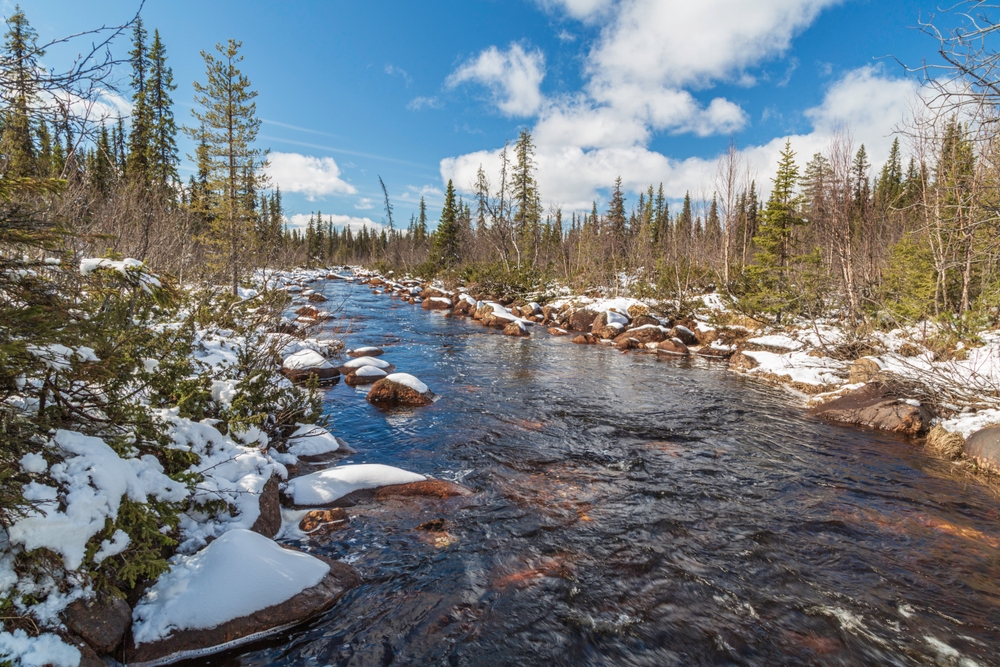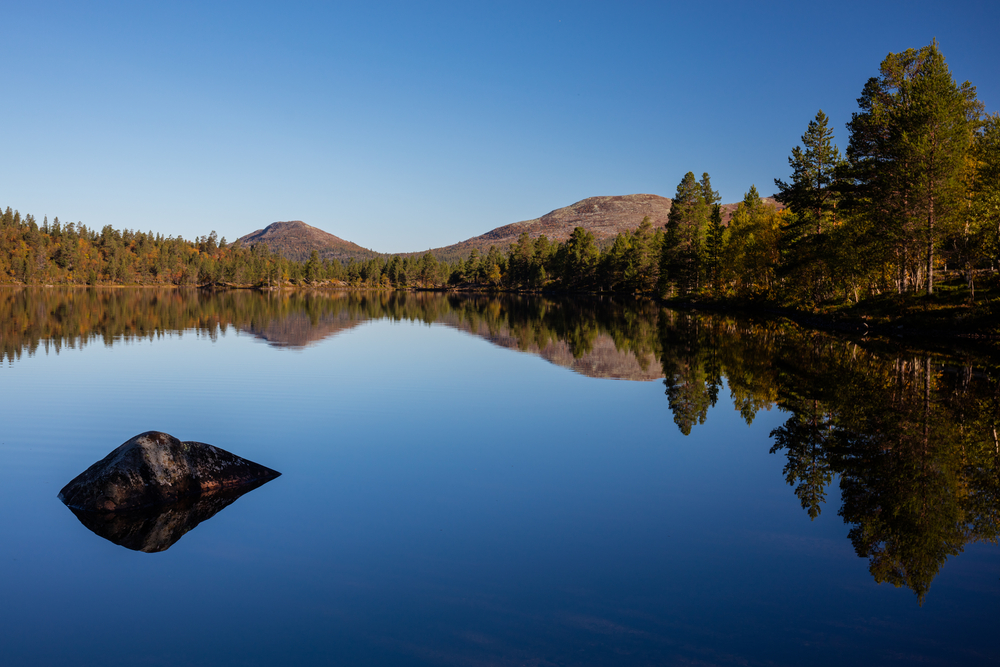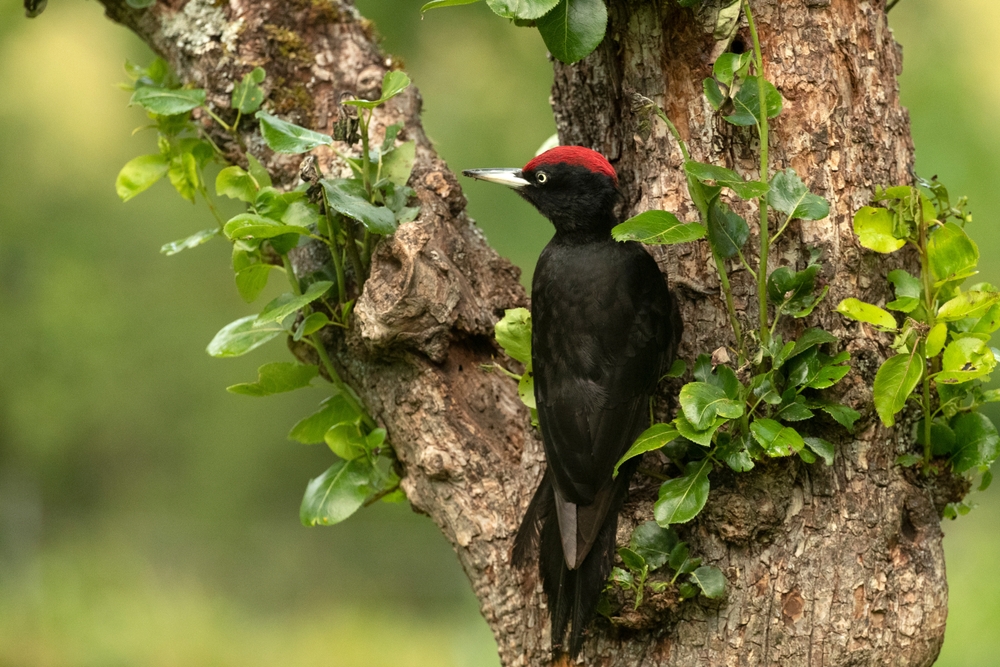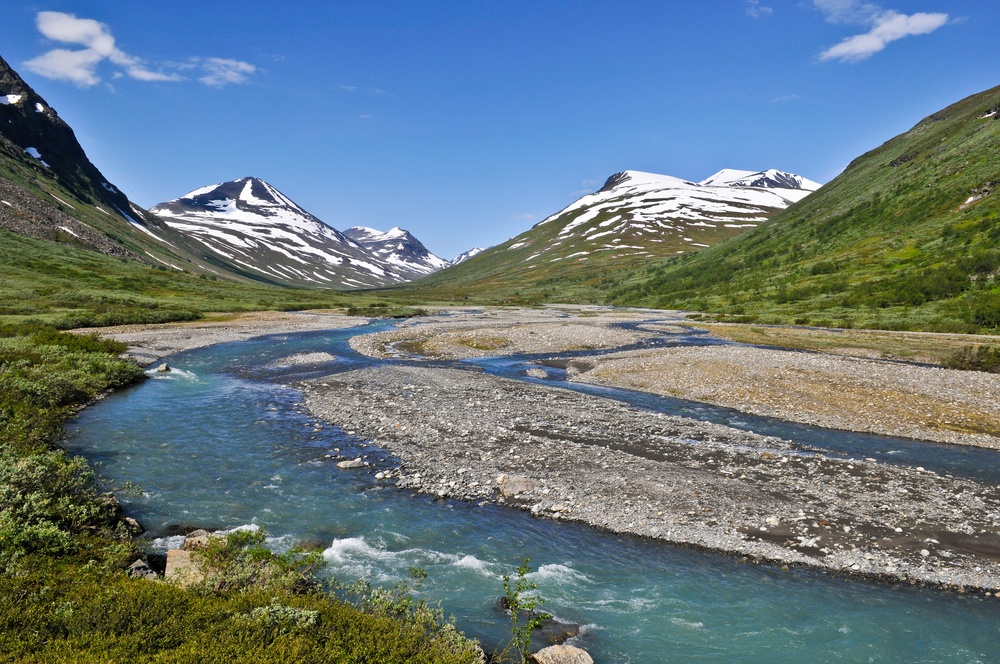Norra Kvill Overview
Norra Kvill National Park, located in southeastern Sweden in the province of Småland, covers an area of 1.14 square miles (2.97 square kilometers). This park, established in 1927 and expanded in 1994, is a prime example of an ancient Swedish forest that has remained untouched for centuries.
It offers visitors a glimpse into what Sweden’s old-growth forests looked like before widespread logging altered much of the country’s landscape. The name Norra Kvill comes from the Swedish language, and the park is nestled in the hilly terrain of Kalmar County, approximately 250 kilometers (155 miles) southwest of Stockholm.
The landscape of Norra Kvill National Park is characterized by rugged, undulating terrain, covered in dense coniferous forests primarily composed of towering spruce and pine trees. Some of these trees are estimated to be over 350 years old, with thick trunks covered in mosses and lichens. The forest floor is blanketed in a rich layer of green moss, while large boulders scattered throughout the park add to its untouched, primeval appearance.
The park is also home to two small but picturesque lakes, Stora Idgölen and Lilla Idgölen, which are surrounded by thick vegetation and reflect the surrounding forest in their calm waters. These lakes, along with the swampy areas and small streams that weave through the park, create a diverse habitat that supports a wide range of plant and animal life.
Wildlife enthusiasts visiting Norra Kvill National Park may encounter several species of mammals and birds that thrive in the dense, secluded forest. Among the most notable mammals are moose, which roam the park’s wooded terrain, as well as roe deer, red foxes, and pine martens. Smaller mammals, such as hares and voles, also inhabit the undergrowth.
Birdwatchers will find the park an excellent location for spotting woodpeckers, including the black woodpecker and great spotted woodpecker, which can often be heard drumming on tree trunks. Owls, such as the tawny owl and Eurasian pygmy owl, are also present in the park, along with various species of songbirds that nest in the ancient trees.
A popular feature of Norra Kvill National Park is its scenic trails that allow visitors to explore its unique landscape. One of the most well-known hiking routes is the loop trail leading to the park’s highest point, Idhöjden, which rises approximately 45 meters (148 feet) above the surrounding terrain.
From this vantage point, hikers can enjoy breathtaking views of the surrounding forest. The lakes, with their serene waters and abundant wildlife, provide an excellent spot for quiet reflection or photography. The dense, moss-covered forest creates an enchanting atmosphere, making it a favorite destination for nature lovers seeking solitude.
Visitors to Norra Kvill National Park engage with its natural beauty primarily through hiking and wildlife observation. The well-maintained trails make it easy to explore, while the quiet atmosphere encourages meditation and relaxation.
Due to the park’s relatively small size and remote location, it does not experience heavy tourist traffic, allowing visitors to experience a true sense of wilderness. Camping is not permitted within the park, but nearby accommodations and campsites provide options for those wishing to stay in the region.
Conservation efforts in Norra Kvill National Park have focused on preserving its old-growth forest and maintaining its natural ecosystem. Logging and human intervention have been strictly limited to ensure that the forest remains undisturbed, providing a crucial refuge for plant and animal species dependent on this habitat.
While climate change poses an ongoing challenge, park management continues to monitor its effects on the forest’s biodiversity. The park’s success in protecting an ancient Swedish forest ecosystem makes it an essential part of Sweden’s national park network.











































































